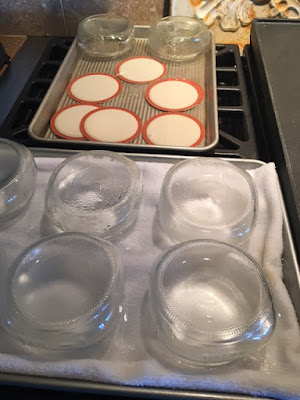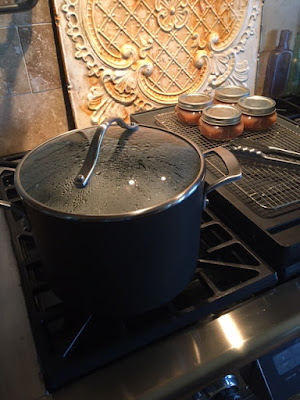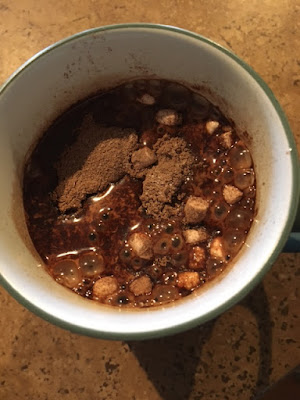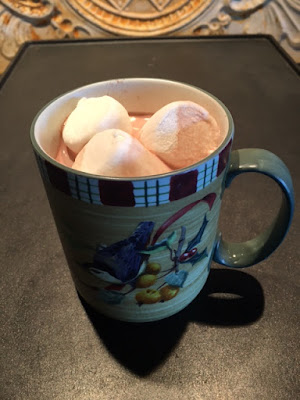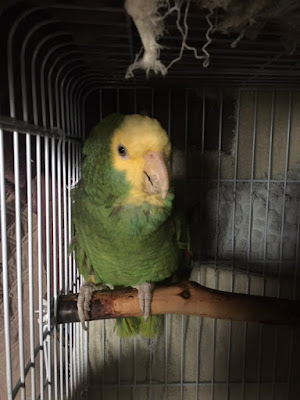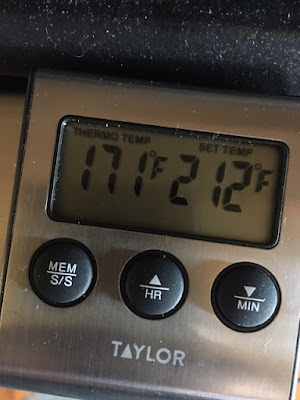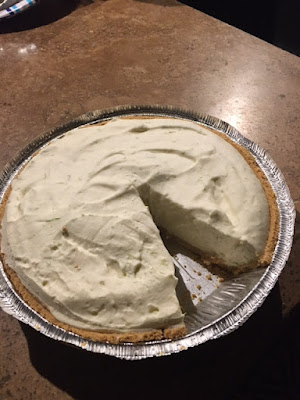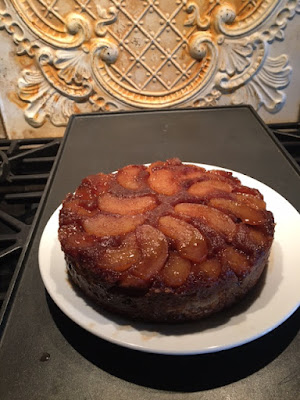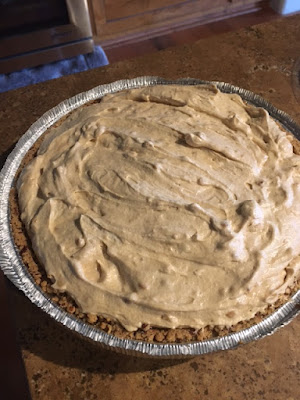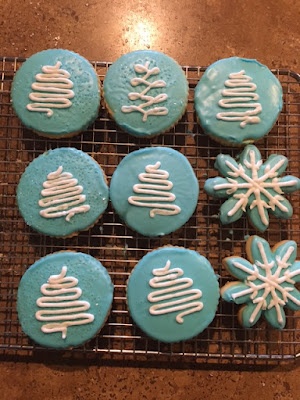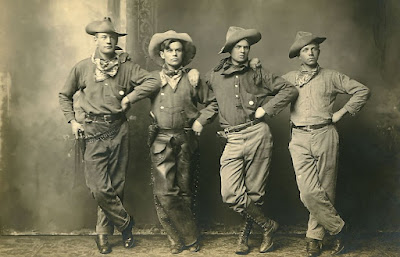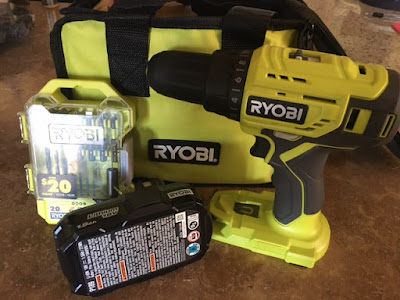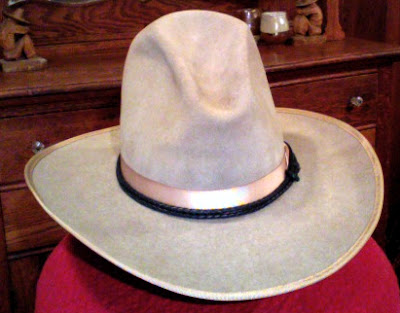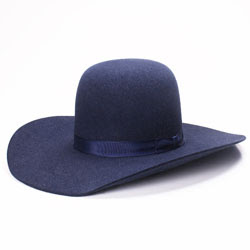Being born and raised on a cattle ranch, I've worn hats all my life. In fact, for a time, I hit up antique stores almost every week, looking for vintage clothing, including the hats women wore. The hats they sported showed their standing in society. The bigger and flashier the hat, the richer and more prominent they were. Some day I'll drag all those out, along with the fashions of the day which no longer fit. That was when I was MUCH skinner.
At any rate, I wore cowboy hats most every single day growing up. We had never heard of sunscreen, and it probably didn't even exist back then. Our cowboy hats were to keep the dust and dirt out of our hair, which didn't get washed all that often, and to keep from getting sunburned.
Back in the earliest days of pushing cows across the land in order to find enough food to keep them alive, the Mexican Vaqueros wore these large brimmed hats. They hadn't heard of sunscreen either.
Even as far back as the 13th century, Mongolian horsemen wore tall crowned hats with wide brims. The tall crown provided insulation again the cold and the brims, protection from the sun. In early America however, hats were not popular except in big cities, mostly to denote again, their status in the money department.
People wore top hats and bowlers, with a few sailor hats left over from the civil war. No one really knows when the word "cowboy" hat came about. It was actually the bowler hat that won the West.
In 1865, Mr. John Stetson came up with the idea of making hats out of beaver pelts and is still in business today. To own a Stetson hat was akin to that top hat back East ... a sign of status.
The first "cowboy" hat he made was call the Boss Of The Plains. They were lightweight, waterproof and came in several grades. One-grade material was $5 while pure beaver hats were $30. Even as a kid growing up, I knew a silver belly Stetson hat said you had made it in the cattle business.
Durability and water resistance were the name of the game, especially since in 1912 when the USS Maine was raised in a Havana Harbor, a stetson was discovered in its hold, having been there since 1898. When dried out, it was just like new. What a sales point!
By the 1920's, the Boss of the Plains began to take different shapes, as it became a popular item for cowboys and cattlemen across the plains.
The first American Law Enforcement group to adopt the hat as part of their uniform was the Texas Rangers, along with the Royal Canadian Mounted Police.
The term ten gallon hats came about in 1925, probably a bad interpretation of the Mexican words tan galan, meaning really handsome. I interpreted it as holding enough water to give your horse a drink, which we occasionally had to do. It's also perfect for feeding grain when you are on the trail. Yes it got a little horse slobber on it, but you just swished it in the river and put it back on.
By the 1940's, colors were introduced to be worn by the cowboy movie stars and the shape of the crown began to change. Back in the day, you could tell exactly what a man did for a living, based on the shape of the crown. This is the Cattleman crown (below), shaped to show you owned a ranch and raised cattle. The shape of some crowns could even tell you the name of the ranch it came from. The now turned up brims made it easier to keep your hat on when flinging a lasso around your head to catch that calf. This was my Dad's hat.
It also looks exactly like my $5 straw hat I was wearing at maybe 6 years old when the horse went right after the calf and I went left into the tomato field. I was crying like a champ trying to catch up my horse again, when my Dad grabbed it off the ground, stuffed it on my head (along with the tomato juice) and threw me back in the saddle. You learned really quickly to be tough on the ranch.
Over the years, hats have changed very little, with the exception of the steamed crown. Throw a little steam on the hat and you can crease it any way you prefer. We will drive a hundred miles to that guy who knows how to steam a hat. In summer you wore a straw hat with a loose weave to be cooler. In the winter, it was always felt to keep you warm.
This is the square low crown of a bull rider, having recently become more popular by squaring off the front brim. This style has shown up on TV shows from Oklahoma and it has caught on like wildfire. I'm not sure why .... it's not my style at all.
I probably have twelve cowboy hats of various types and styles. In the early 60's the rolled brim came out again, a throwback to the days of sombreros and TV heroes of the 1940's. Just to show you the durability, this hat is a 5X beaver and is now 61 years old. It's been through the ringer and still looks pretty good. I wore this hat snow skiing for about five years, even in full blown snow storms. Very few of these were ever sold and I doubt many exist today. I should probably donate it to a museum.
Tips regarding your cowboy hat:
Never EVER set your hat down on a bed. It not only brings bad luck to you, but to the person who sleeps in that bed.
Never EVER put your hat down brim first. It should always rest on its crown. Brim-first ruins the curve and lets all the luck drain out of the hat.
Always tip your hat to women as a sign of respect, which also shows them you aren't going to shoot them as your hand moves away from your six-gun.
Never tip your hat to a man, as it says you think he's wimpy like a woman, which may lead to guns firing everywhere.
If you want your hat to stay on while roping or barrel racing, spray a little hairspray on the front sweatband. It will stick like glue. That also works while skiing downhill at 30mph.
So there you have it ... a history of cowboy hats on the ranch. As ranches fade away, so have cowboy hats. So lets all get ours out and wear them! Lets start a new trend.
Obviously, Cooper could care less.

